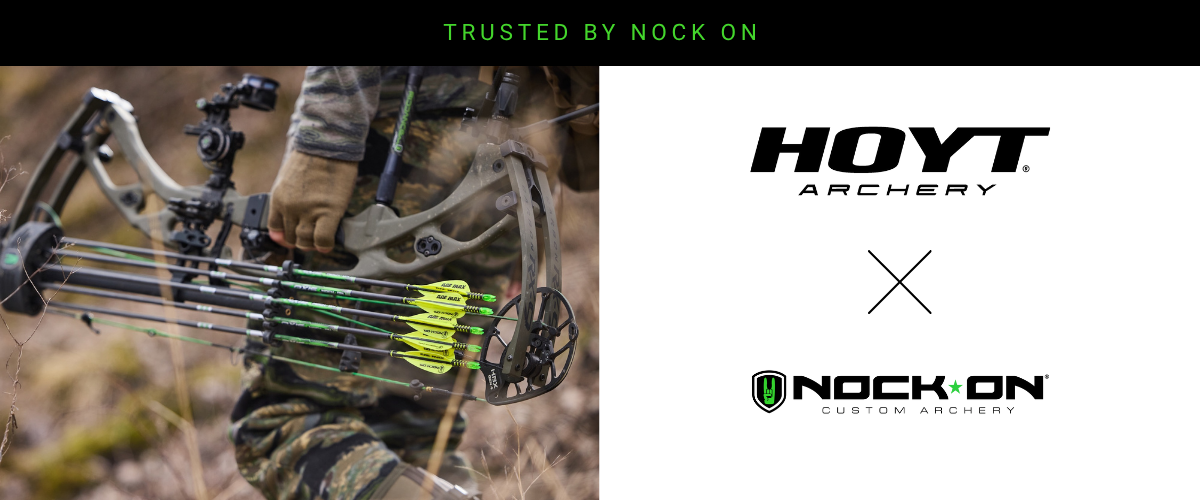When the calendar flips to November/December, my hunting approach changes. Those hit-and-run morning hunts get replaced with what I consider the most lethal tactic in my arsenal: the all-day sit.
After decades in the woods, I’ve refined my system to stay comfortable, focused, and effective through 13-hour sits that have proven deadly during the rut. Today, I’m sharing how I load out my pack and layer my clothing for these marathon sessions, specifically for the first few weeks of November in the Midwest.
Pack Organization: The Foundation of All-Day Success
My setup revolves around a Larger Yeti Backpack. It’s not the specific brand that matters, but how you organize what’s inside. My system prioritizes safety, accessibility, and keeping items within arm’s reach once I’m settled in.
Safety First: What’s Always On Top
The moment I reach my tree, I access my pack’s top lid compartment for two non-negotiable items:
- Bow rope. This simple piece of gear prevents one of bowhunting’s most dangerous mistakes: climbing one-handed while holding your bow. I secure this to my wrist before ascending, which allows me to pull up my bow after I’m safely in position if there’s not one already on the tree.
- Safety line with Pursik knot. This goes around the tree once I’m up there. Ideally, you’ll have a lifeline system already installed from ground to stand, but this backup keeps me connected to the tree at all times.
Never climb holding your bow. It only takes one slip to become a statistic.
These safety items stay in my most accessible pocket for a reason. Falls happen easily and fast. A faulty climbing stick once put me in the hospital for weeks. Now, I use lifelines on all my setups.
You never know when it’ll happen, so stay safety connected at all times.
Side Pocket Items
Once safety’s handled, I set up quickly and quietly:
- Camera setup. In my left side pocket, I keep a compact camera arm that extends for self-filming. The base attaches to the tree with a simple ratchet system.
- Thermos filled with the morning coffee or soup is always reachable
And strapped to the outside:
- Rattling antlers. Secured to my pack’s exterior with the clinch strap on the pack, these rattlers are deadly during the rut when bucks seek out fights.
With the bulky items deployed, I organize my stand for the long haul ahead.
Main Compartment: Tools for Success
Inside my pack’s main compartment, everything has its place:
- Bow hanger. A simple screw-in hanger keeps my bow accessible but out of the way.
- Limb saw/ Snips. For those pesky branches that always seem to block your shooting lanes or new foliage growth.
- Grunt tube. Positioned for quick access without digging.
- License and field gloves. Stored in a mesh pocket for when things go right.
- Release lube. Nock On has the best release lube, but this isn’t for the release. Now, it’s a tiny bottle that can silence a squeaky treestand or blind window.
- Repair kit. Black electrical tape and a multi-tool handle unexpected equipment issues.
- Field knife. Because being prepared matters.
- Power bank. A dead phone means no emergency contact and, just as importantly, increases the temptation to climb down when boredom hits. A fully charged phone helps you stay put. There are several power banks available that can charge other devices, too.
Nutrition System for Long Sits
The difference between a four-hour hunt and a 13-hour vigil often comes down to what you bring to eat and drink:
- Dual thermos setup. One filled with hot coffee, the other with hearty soup (blended to keep it smooth). The insulation keeps both hot throughout the day, even in freezing temperatures.
- Calorie-dense food. I pack sandwiches, protein bars, and nuts. These quiet foods provide sustained energy without excessive packaging noise.
Your food choices matter more than you might think. When hunger kicks in around 10 a.m., and you’re watching deer consistently move at midday, you’ll understand why this system’s worth the extra weight.
Here’s a stealth hack: I wrap my food in paper towels or even a Tupperware container to prevent loud wrappers and trash.
Clothing Strategy: The Layer Game
My approach to November clothing focuses on versatility. Morning temperatures might hover around freezing, while afternoons can climb into the 50s. The ability to adapt silently is key when you’re after a giant whitetail buck.
Base Layer Foundation
I start with a merino wool mock turtleneck against my skin. This natural fiber manages moisture and resists odor, which are necessary for all-day sits when you’ll sweat during midday temperature spikes.
Mid and Outer Layers
My primary outer layer is soft but windproof, which I chose for its silent material and wind-blocking capability. When temperatures rise, I can remove this and store it quietly.
On especially cold mornings, I’ll wear a thick, insulated vest under the jacket for core warmth. This modular approach keeps me comfortable as conditions change, but also keeps my sleeves from being bulky.
Lower Body System
My lower half is the same but features oversized cargo pockets for my whitetail hunts. These aren’t just for storage; they’re strategically positioned for seated access to rangefinders, calls, and other gear that needs to be immediately available.
On brutally cold days, I layer my duck-hunting wader insulation pants underneath for extra insulation without the bulk of traditional bibs.
Extremity Protection
My hands and head receive special attention:
- Headwear. A wool beanie that covers my ears but compresses small enough to pocket when temperatures rise.
- Hand system. Thin merino liner gloves provide dexterity for shooting while allowing me to slide insulated mittens over them when inactive. I usually have a muffler warmer or use a built-in muffler on certain types of jackets. When a shot opportunity arrives, the mittens slip off silently, leaving my shooting hand ready to execute.
Timing Your All-Day Sits for Big Buck Shot Opportunities
While the gear is important, the real advantage comes from mental preparation. I commit to these all-day sits knowing that the mid-morning and early afternoon hours (when most hunters are back at camp) often produce the biggest bucks.
Before I commit to a full day in the stand, I’ll check HuntWise’s RutCast and HuntCast. Their RutCast feature is a great predictor of rut movement and phases at the local level.
There’s no point grinding out a 13-hour sit if the rut activity’s still a week away. When RutCast shows we’re hitting peak breeding or the seek-and-chase phase, that’s when I know these marathon sessions will pay off.
HuntCast is a game-changer. This part of the app lets you scroll through each hour of the day, seeing shifts in weather and wind. This way, you’ll know in advance when conditions will change and you’ll need to jump to a new spot with favorable wind.
The all-day sit isn’t just about tactics. It’s a mindset and planning. With the right gear, proper preparation, and commitment to staying in the game when others tap out, you’ll maximize your opportunities during the most important phase of deer season.
Deer don’t take lunch breaks in November. Neither should you.






 massmonopoly
massmonopoly